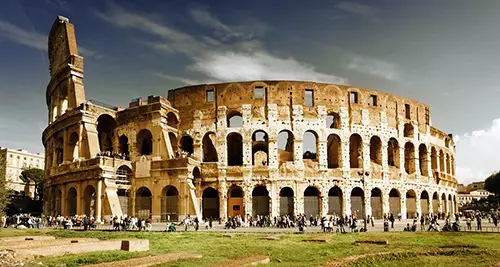The Colosseum
Background of the Colosseum
The Colosseum or Flavian Amphitheater is an amphitheater built during the time of Roman Empire in Rome, Italy.
It is widely believed that Colosseum was the biggest and grandest amphitheater in the entire Roman Empire.
It could house around eighty thousand spectators. Colosseum was built by the first Flavian emperor, Vespasian.
The construction started in 70 BC and did not finish during Vespasian’s reign.
Titus, Vespasian’s successor completed the construction in 80 BC.
Titus’ successor, Domitian also made some modifications to the original structure.
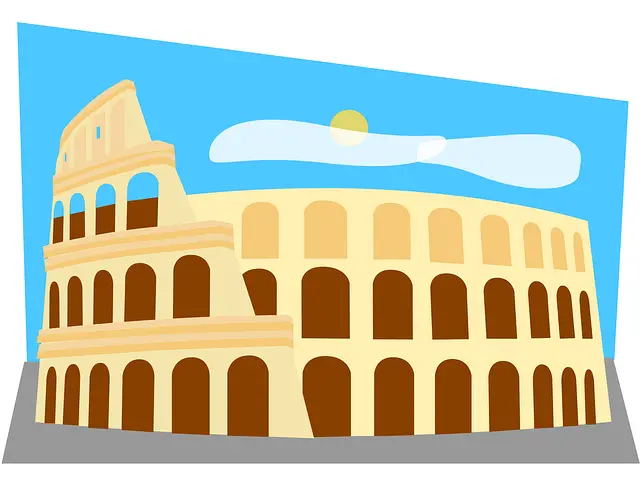

History of the Colosseum
The Colosseum was built after Roman victory in the First Roman-Jewish war.
The construction was funded by the spoils of the war, specially from the Jewish Temple after the decisive Siege of Jerusalem.
The amphitheater was named Flavian Amphitheater but was popularly known as The Colosseum, owing to its close proximity to the famous Colossus of Nero.
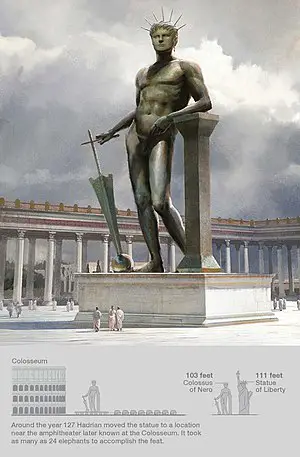

What is the Colosseum made from
The Colosseum is built of stones and concrete.
It had four main floors with eighty arches each.
The first three stories were completed during the reign of Vespasian but the top floor was completed by Titus, who also inaugurated it in 80 AD.
Historians report that over 9000 wild animals were killed in inaugural games held at the Colosseum and specially designed commemorative coinage was also issued to celebrate the inauguration.
Emperor Domitian built a series of underground tunnels beneath the surface of Colosseum for slaves and animals.
He also added a gallery on top to increase the housing capacity.


Inside the Colosseum
The theater is elliptical in shape and the outer walls were built to a height of 157 feet.
It has a perimeter of 1788 feet. According to Codex-Calendar of 354 AD, theater had a capacity seating for 87,000 people.
However, modern estimates show a maximum capacity of 50,000.
The main arena was 180 feet wide and 287 feet long.
There were special seating boxes for emperor and the sacred Vestal Virgins.
Their seating location provided best view of the arena. Special seating locations were also provided to senators.
The nobles were seated closer to the main arena while the public was accommodated at the upper tiers.
Colosseum’s structure has been damaged over the centuries by earthquakes and stone-robbers and it continues to exist in the same dilapidated state.
It was damaged severely in the 1349 earthquake.
As a result the outer southern portion collapsed and the rubble was used for building many other structures in Rome.
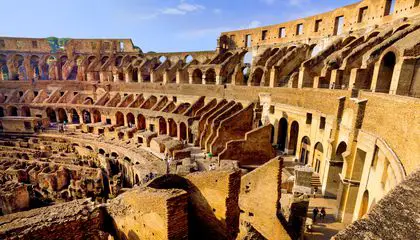

What was the Colosseum used for?
The Colosseum was mainly used for gladiator fights.
It was the most popular site of gladiator games.
It was also used for wild beast hunts.
Wild animals like
-
-
- Lions
- Alligators
- Ostrich
- Elephants
- Tigers
- Leopards
- Giraffe
-
These were all hunted in the arena in front of excited spectators.
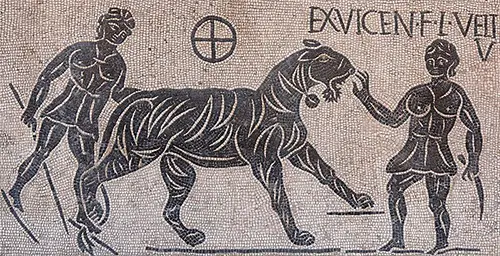
It is also believed that mock sea battles were also fought by filling up the arena with water.
Famous sea battles were reenacted in these mock battles.
Apart from martial sports and games, the theater was also used to stage dramas based on Roman mythology.
Romans also used the venue for executing condemned criminals
These criminals were made to fight each other or gladiators in fights to death.
Well trained and equipped gladiators mostly emerged victorious and executed the criminals in a gruesome manner, to the delight of excited and charged crowd.
Romans stopped using Colosseum for entertainment purposes in early medieval time (5th Century AD).
After that it was used as a fortress, workshops, housing poor and even as a Christian shrine.
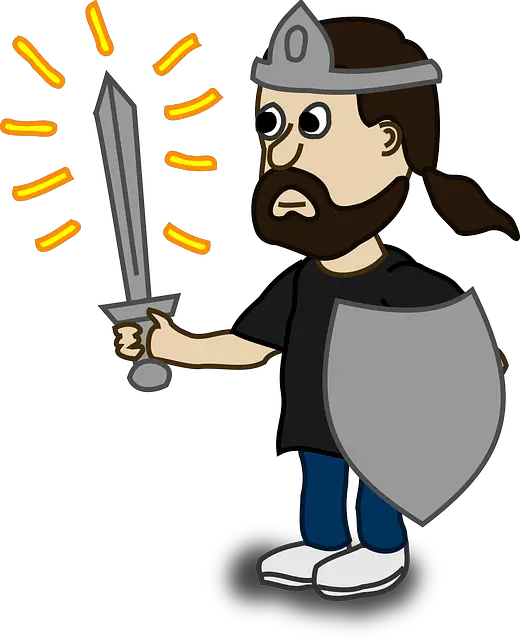

Colosseum in Modern Times
The Colosseum is an iconic symbol of Rome’s cultural and historic significance.
It is one of the most visited sites in Italy. Hundreds of thousands of tourists come to visit Colosseum annually.
Many concerts have been held outside Colosseum which were attended by thousands of people.
Colosseum is also depicted on Italian version of five cent Euro coin.
In 2007, Colosseum was chosen as one of the New 7 wonders of the world.
The selection was through an online poll and voters had to choose from 200 existing monuments worldwide.
For centuries, Colosseum has remained the face of Roman imperialism.
